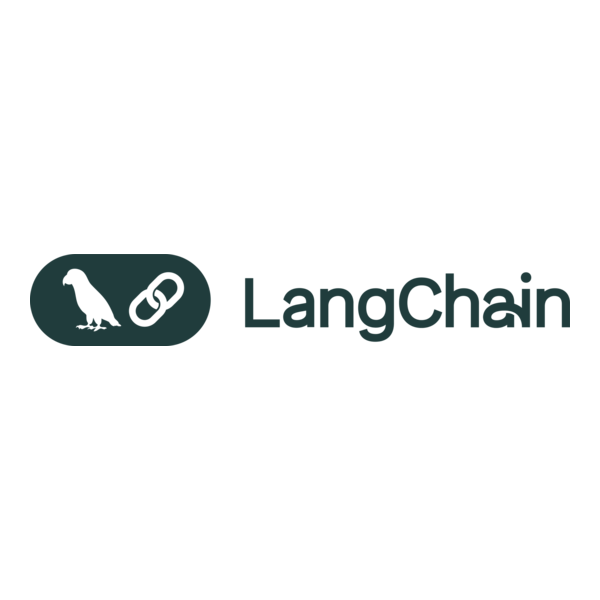Loading...
Blog
We Are Living in the Era of LLMs: How LangChain Is Bridging the Gap Between AI and Real-World Applications

Today, we are living in an era of rapid artificial intelligence (AI) advancement, and one of the most transformative achievements in recent years has been the rise of Large Language Models (LLMs). These models have become the foundation for a new generation of software products capable of understanding and generating human language at an unprecedented level.
Alongside the evolution of LLMs comes the growing need for frameworks that make it easier to integrate them effectively into real-world applications. One such framework is LangChain — a powerful tool designed to unlock the full potential of LLMs in practical business scenarios.
What Are LLMs and How Are They Transforming Software Development?
Large Language Models (LLMs) are massive neural networks trained on vast amounts of text data. They are capable of:
● Understanding the context of user queries;
● Generating coherent and meaningful text;
● Holding multi-turn conversations;
● Answering questions and summarizing information;
● Translating text;
● Writing code, creating scripts, and even ideating.
This makes LLMs applicable across a wide range of industries — from chatbots and virtual assistants to customer support automation and enhanced user experiences in web and mobile applications.
LangChain: A Bridge Between LLMs and Real-World Implementation
LangChain is a framework that helps developers leverage LLMs to build complex, interactive, and intelligent applications. Its core mission is to make language models not only smart but actionable — able to interact with data, APIs, tools, files, and instructions.
Key Features of LangChain
1. Agents
LangChain enables the creation of intelligent agents — LLM-driven systems that can generate text and make decisions, call APIs, interact with documentation, or use tools autonomously. For example, an agent can decide whether to query a database, call an external service, or continue a conversation with the user.
2. Chains
Chains are sequences of actions that guide an LLM step-by-step to complete a task. For instance, a chain may involve: reading a document → extracting key facts → summarizing the information → generating a response.
3. Memory
LLMs powered by LangChain can remember previous interactions, enabling long-term conversations, contextual understanding, and personalized user experiences.
4. Prompt Templates
LangChain supports predefined templates for prompts, which reduces development time and minimizes risks of miscommunication between the model and the user.
5. API Integrations
The framework allows seamless integration with APIs from OpenAI, HuggingFace, Google, and many others, enabling data access, tool usage, and real-time content generation.
6. Document & Database Connectivity
LangChain can connect to PDFs, databases, and other knowledge sources — giving LLMs the ability to access structured data for generating informed and context-aware responses.
The LangChain Ecosystem
LangChain isn’t just a single tool — it’s a full-fledged ecosystem that includes:
● LangGraph – for building complex application logic
● LangSmith – for monitoring, testing, and deploying LLM-based apps
● Support for multiple LLMs (OpenAI, Anthropic, Google, Cohere, etc.)
● Integrations with Streamlit, FastAPI, and popular databases or vector stores
What Can You Build With LangChain?
LangChain makes it possible to create advanced and intelligent AI-powered tools, such as:
● A bot that reads documentation and responds in natural language;
● An agent that autonomously decides whether to call an API, generate a report, or search internal data;
● A chat interface that remembers the user and continues meaningful conversations over time;
● A report generator that uses internal company data to produce tailored summaries.
Real-World Impact
LangChain is transforming the way developers build AI applications by combining the language understanding power of LLMs with real-world data and logic. This enables businesses to go beyond simple chat interfaces and deliver smart, goal-oriented systems that truly assist users.
From personal assistants and legal tech to educational platforms, internal knowledge search engines, and automated customer service, LangChain is paving the way for the next generation of intelligent software.
What’s Next?
As the capabilities of LLMs grow, so too does the importance of frameworks like LangChain. By serving as a bridge between raw AI power and practical use, LangChain empowers developers to create intelligent solutions that improve the way we work, learn, communicate, and interact with digital systems.
LangChain is not just a tool — it`s an AI infrastructure that will play a key role in building the future of software.
https://youtu.be/GJ8jThPgYUI
